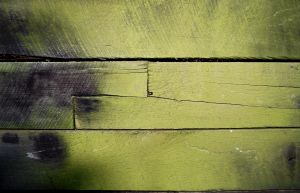
The health effects and risks of having mold in houses has increased in recent years, simply because there is more information available. Mold remediation is your best bet to stop these effects and risks.
Understanding Mold
Mold in houses is common. Mold lives in warm, humid environments, which occur in many homes. Mold can grow on a variety of surfaces including natural and synthetic materials. Mold only needs warmth, oxygen and nutrients to survive, and those nutrients are as simple as the dust on the surface of the material where the growth begins. It takes hold and spreads, becoming pervasive in you home.
Mold Removal
Mold remediation requires specialized equipment and expertise. When mold in houses is moved or disturbed, the mold spores become airborne, increasing the danger and risk of the toxins in the mold. Additionally, mold removal must be complete and comprehensive to keep it from continued growth. The mold itself must be identified, all locations of the mold must be found, it must be removed and the area treated.
Mold Prevention
Proper removal of mold in houses is the first step. Treating the area with antimicrobial and mildewcides are equally important. Finally, the most important step in preventing mold in houses is to find and repair the cause of the moisture. Whether it’s flood recovery, repairing a leak, or reducing indoor humidity, removing the moisture where mold can grow will help prevent it from coming back.
Resources to find, treat and prevent mold in houses are plentiful. Hiring a professional to help with the process can help you manage the process.
For more resources on dealing with mold in houses, contact a t today.

